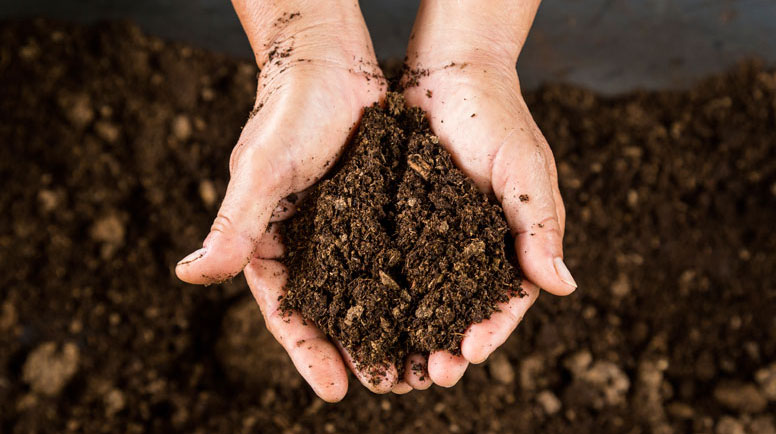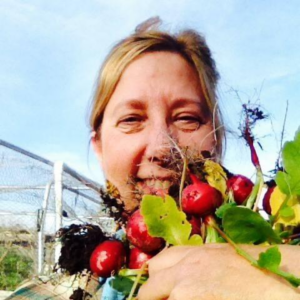Your Garden … with Sharon McCray: There are a few basic principles to learn about regenerative agriculture
Soil is an essential component of our planet’s overall health.
![]()

By Sharon McCray

Sharon McCray
Summertime, and the living is easy, as the song goes. Not really. So much seems to keep us involved no matter what time of the year. Weeding, watering so the weeds can succeed, harvesting so we can, so to say, “enjoy the fruits of our labors.”
Recently, the subject of “regenerative agriculture” came up as a research project for a Lynbrook High School project and I was asked to participate. To be honest, I needed the Internet to see if it was what it sounded like. Actually, it was pretty spot on.
Regenerative agriculture means regenerating our land back to its original or healthiest condition. According to the Alliance for Sustainable Agriculture, it is defined as to “sequester carbon in the soil and intentionally improve soil health, biodiversity, water quality and air quality while ensuring the viability of farm production.”
As overwhelming as all that sounds, the process is fairly simple and includes some basic principles with a focus including soil health. Plants grown in healthy soil do not need to be fertilized. Healthy soil is already fertile and will promote water retention, mitigates erosion and help with drought conditions.
Organic matter including animal manures and decomposing plant material enhance the soil health and help to create the carbon sequestering properties which, in the end, will help us with climate change. No matter the cause or predictability, climate change is a reality we all should acknowledge. Fixing it is a many-faceted project of which we should be involved with — and that includes education and action.
 Soil is an essential component of our planet’s overall health. While it is usually taken for granted, it shouldn’t be. By keeping our backyard gardens healthy, free of harmful chemicals and by planting a wide assortment of flowers and vegetables, we can do our small part in helping with climate issues in our own little spot of heaven.
Soil is an essential component of our planet’s overall health. While it is usually taken for granted, it shouldn’t be. By keeping our backyard gardens healthy, free of harmful chemicals and by planting a wide assortment of flowers and vegetables, we can do our small part in helping with climate issues in our own little spot of heaven.
This time of the year it is good to review our progress as an informed, productive and happy gardener. How can we take advantage of the available collective knowledge? In Santa Clara County there are nine 4H groups and nearly six million members in the U.S., all willing to freely share their knowledge. Every year these energetic youth learn about agriculture, floriculture, woodworking and dozens of life essential skills that are on display at local county fairs.
We are surrounded by some of the richest agricultural land in the world and it is good to see our youth are learning about these riches and practicing healthy ways to conserve them. These dedicated young people raise animals, grow food, design computer programs and so much more. All of it is on display at local fairs.
For reasonable admission costs, all that research and education is there for the asking. 4H, FFA and independent youth participants are excited to share what they’ve learned and show off their skills. Animals are auctioned off during the fairs and include cattle, swine, poultry, rabbits, sheep and goats. Visit the respective county fair web sites for livestock auction information. There is also a program called Santa Clara County Buyers Consortium that accepts donations to purchase certain animals for eventual donations to help feed hungry families.
The Santa Clara County Fair runs from July 27-28 and Aug. 1-4. The Santa Cruz County Fair runs from Sept. 11-15. The Monterey County Fair from Aug. 29-Sept. 2 and the Alameda County Fair from June 14- July 7.
Sharon McCray is a California native who has lived in Santa Clara County since 1959. She became certified as a University of California cooperative extension master gardener in 1992 and a UCCE master naturalist in 2015. She hosts a radio show on KKUP public radio and is now retired.
